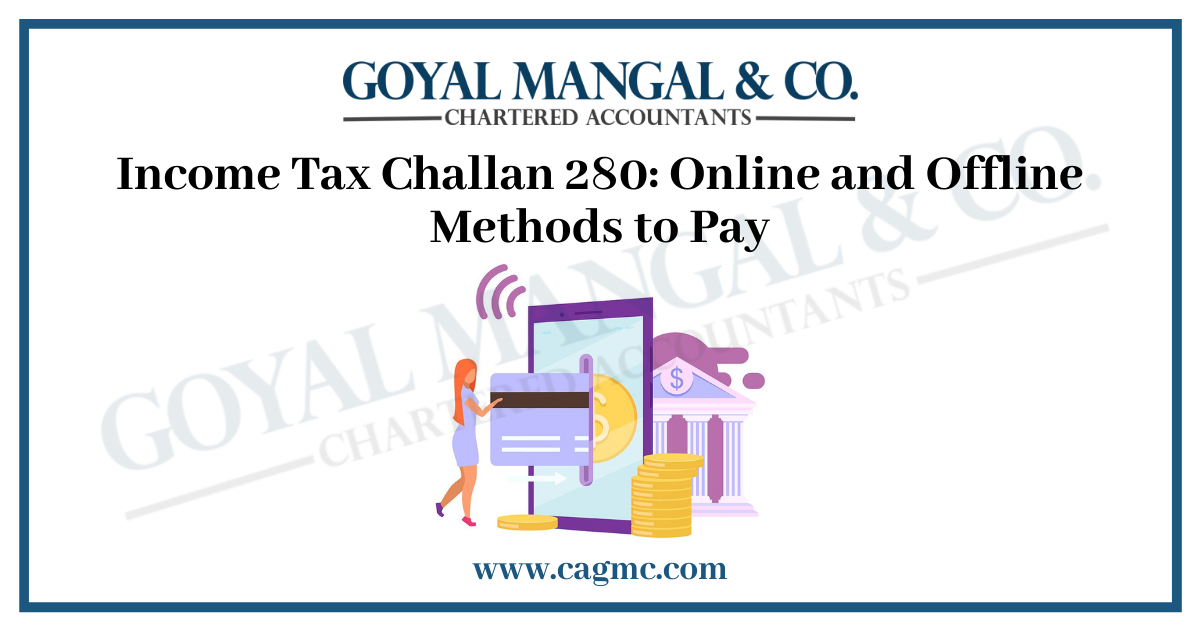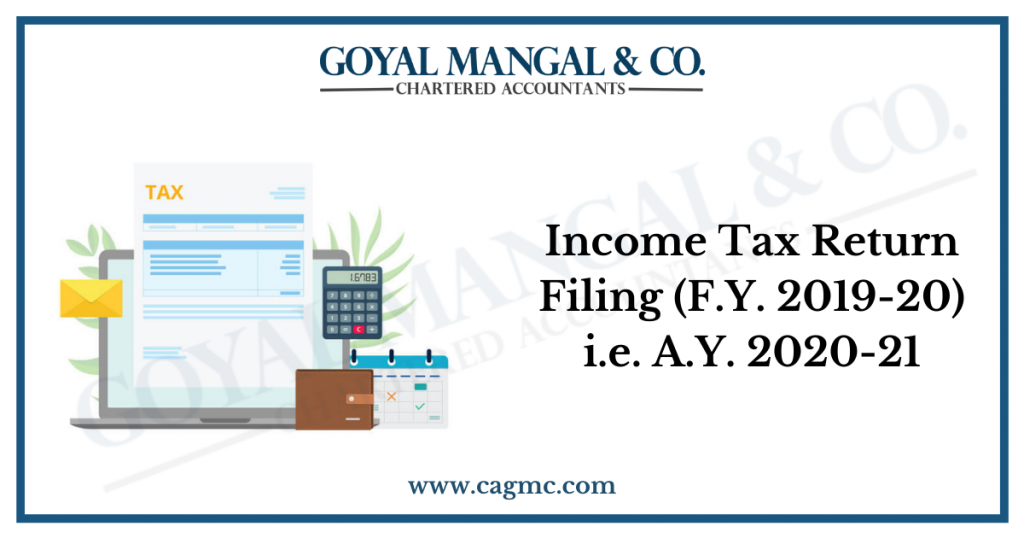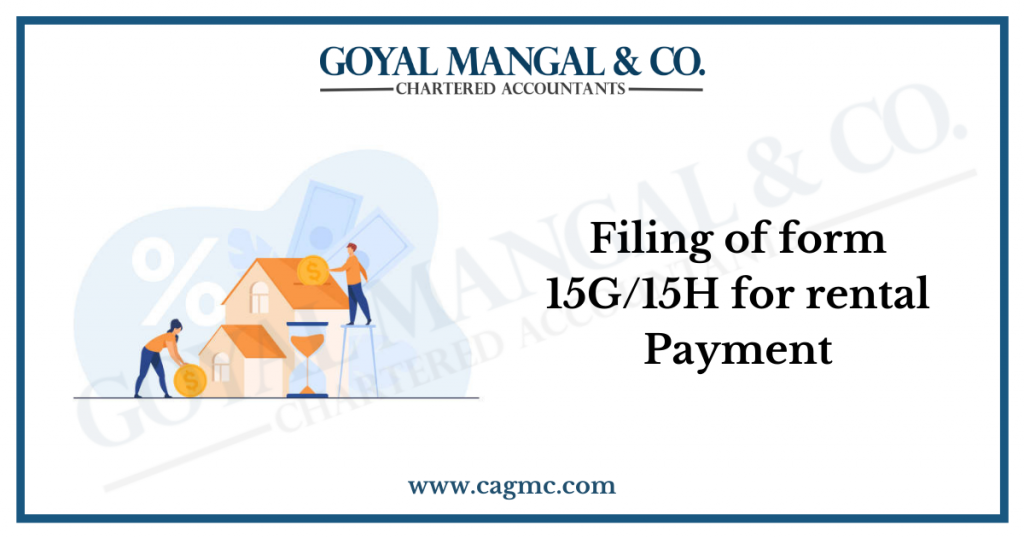
Every person who earns income is supposed to pay tax on that income if he is liable as per Income Tax Act. Calculation of tax and payment thereof still is a tedious task for layman. Income Tax Department has been working to simplify things as much as possible, from launching new portal which is claimed to be more user-friendly, to providing detailed instructions regarding filing returns and paying taxes in simple language. In this article also with a motive to make things clear we will discuss about Income Tax Challan 280, which is most commonly used challan to pay taxes.
|
Table of Contents |
When does the Liability to pay tax arise?
According to Income Tax Law, any person whose total income exceeds the basic exemption limit has to pay taxes at rates applicable to them. For individuals and HUF there are slab rates. However for entities like companies, partnership firms etc. flat rates of tax are available. The taxes are mainly paid under following heads
Types of Taxes you must know
- Advance Tax– Any person whose income tax liability during the FY increases Rs.10, 000/- is supposed to pay advance tax. Advance Tax has to be paid on quarterly basis on a certain percentage of income. The advance tax payment schedule is as follows:-
| Dates | Percentage |
| On or before 15th June | 15% |
| On or before 15th September | Up to 45% |
| On or before 15th December | Up to 75% |
| On or before 15th March | Up to 100% |
Taxes already paid in previous quarter should be reduced.
- Self-Assessment Tax– While filing income tax return, sometimes we get tax payable amount. That tax liability is called self-assessment tax. This may arise due to any income which was not considered while calculating advance tax or may be due to any income not disclosed to employer, which could have led to lower tax deduction.
- Tax deducted at Source–
-
- It is not direct payment of tax by assesse, however in case of salaried employees tax is deducted at source by the employer and paid to the government against tax liability of the employee. This amount appears in Form-26AS and is adjusted against tax liability of the employee while filing the return.
- There are several other sections under which TDS is deducted, i.e. works contract, commission, rent, professional charges etc. All these deductions appear in the Form 26 AS of the deductee and are set-off against his total income tax liability for that particular year.
How to compute tax liability?
To calculate tax liability, first of all we need to compute taxable income. To calculate taxable income following steps need to be followed:-
- All the incomes under various heads like- salary, house property, PGBP, Capital Gains, Income from Other Sources should be computed.
- Exemptions if any should be claimed before arriving at total income.
- Various other deductions like Standard Deduction, HRA, LTA and Interest on House Property Loan etc. should be reduced from income.
- In case of business income all allowable expenses should be reduced from total turnover. Profit and Loss Account should be prepared in case presumptive income option is not applicable or not availed.
- Deductions under Chapter VI-A, for insurance, Med claim policies, Interest on saving account, donations etc. should be reduced.
- The balance is the taxable income, and tax should be calculated thereon.
- In case of Individual/HUF tax should be computed as per slab rates after the choice of old/new tax regime.
- The incomes which are taxable at flat rates should be calculated at such rates, e.g. Capital Gains u/s 111A are taxable at 15%.
- For persons other than Individual/HUF tax should be calculated at rates as applicable to them.
- Interest u/s 234 A, B, C should be added if applicable.
After the tax liability is arrived at, we need to know how to pay tax. Income Tax can be paid by using Challan 280 by both online and offline method. We will understand both the methods but before that let us see what Income Tax Challan 280 is.
What is Income Tax Challan 280?
Income Tax Challan 280 is among various forms available on Income Tax portal used by assesses to pay their tax liability. This challan is used mainly for payment of self-assessment tax, advance tax and tax raised in a demand by Income Tax Department. Now we will discuss about how to pay taxes using this challan by both online and offline method.
Income Tax Challan 280: Pay taxes online
- The facility to pay taxes is available both before and after login on the income tax portal.
- Go to Income tax portal and click on “E-Pay Tax” under our services.
- The link will take us to NSDL website.
- From the options displayed on screen, Select “Proceed” on ITNS 280
- Select “Tax Applicable” from following options
-
- (0020) Corporation Tax (Companies)
- (0021) Income Tax ( Other than Companies)
Select 0021 from above options in case of individuals.
- Select “Type of Payment” from following options
-
- (100) Advance Tax
- (102) Surtax
- (106) Tax on Distributed Profit
- (107) Tax on Distributed Income
- (110) Secondary Adjustment Tax
- (111) Accretion Tax
- (300) Self-Assessment Tax
- (400) Tax on Regular Assessment
- Select “ Mode of Payment” from
-
- Net-Banking
- Debit Card
- Enter PAN No. and select Assessment Year.
- Enter mandatory fields like City/District, State, Pin Code
- Enter Captcha Code.
- Reverify the Financial Year, click on agree and click on “Submit to the Bank “.
- Go on Bank’s Website and pay the tax amount.
- Download counterfoil, it will contain details like BSR Code, Challan Number.
- The details of the challan should be entered while filing Income Tax Return.
Income Tax Challan 280: Pay taxes offline
- The payment of taxes can be made offline also.
- For paying taxes offline, one needs to visit their bank branch and ask for Challan form.
- The details same as discussed in online method should be filed in physical challan form.
- The tax can be paid in cash or cheque mode. Cheque is a more recommended method. The cheque should be drawn in the favour of Income Tax Department.
- The bank executive will give a receipt after payment of tax.
Points to be noted
- Once the taxes are paid it may take 7-10 days for it to reflect in Form-26AS.
- The details of challan paid for self-assessment tax should be entered before filing the return.
- The applicable options should be very carefully selected while paying tax online.
- The receipts of taxes should be retained in case of any mismatch at the time of processing returns.
Conclusion
In this changing era there is no debate as to the fact that online transactions are far easier and hassle free as compared to traditional methods of doing things. Same things apply to payment of taxes as well. As discussed, taxes can be paid using Income Tax Challan 280 in both online and offline mode. Online payment is very convenient, confidential, secure and easy to track. If payment is made online, there is less chance of penalty as funds are transferred immediately. However, still we cannot deny that some people still prefer offline transactions. So on the basis of their choice people can choose mode of payment. The only thing that should be ensured is that taxes should be paid in time so as to avoid interest and penalties.


